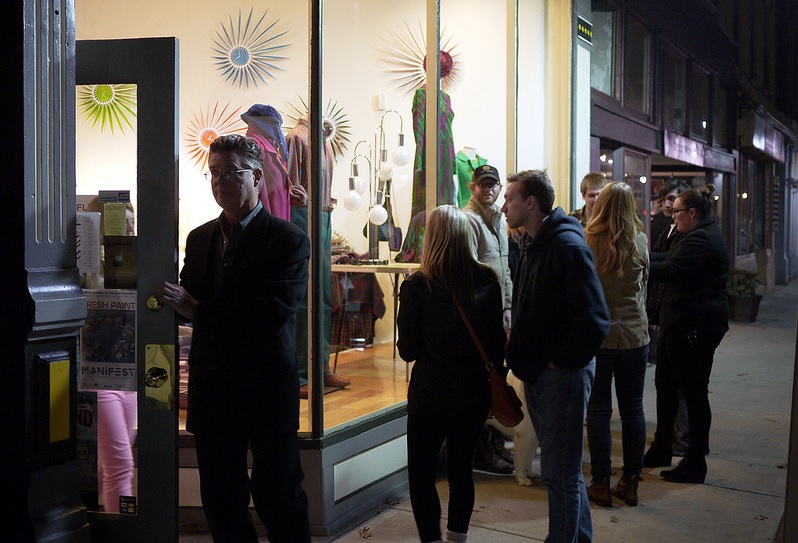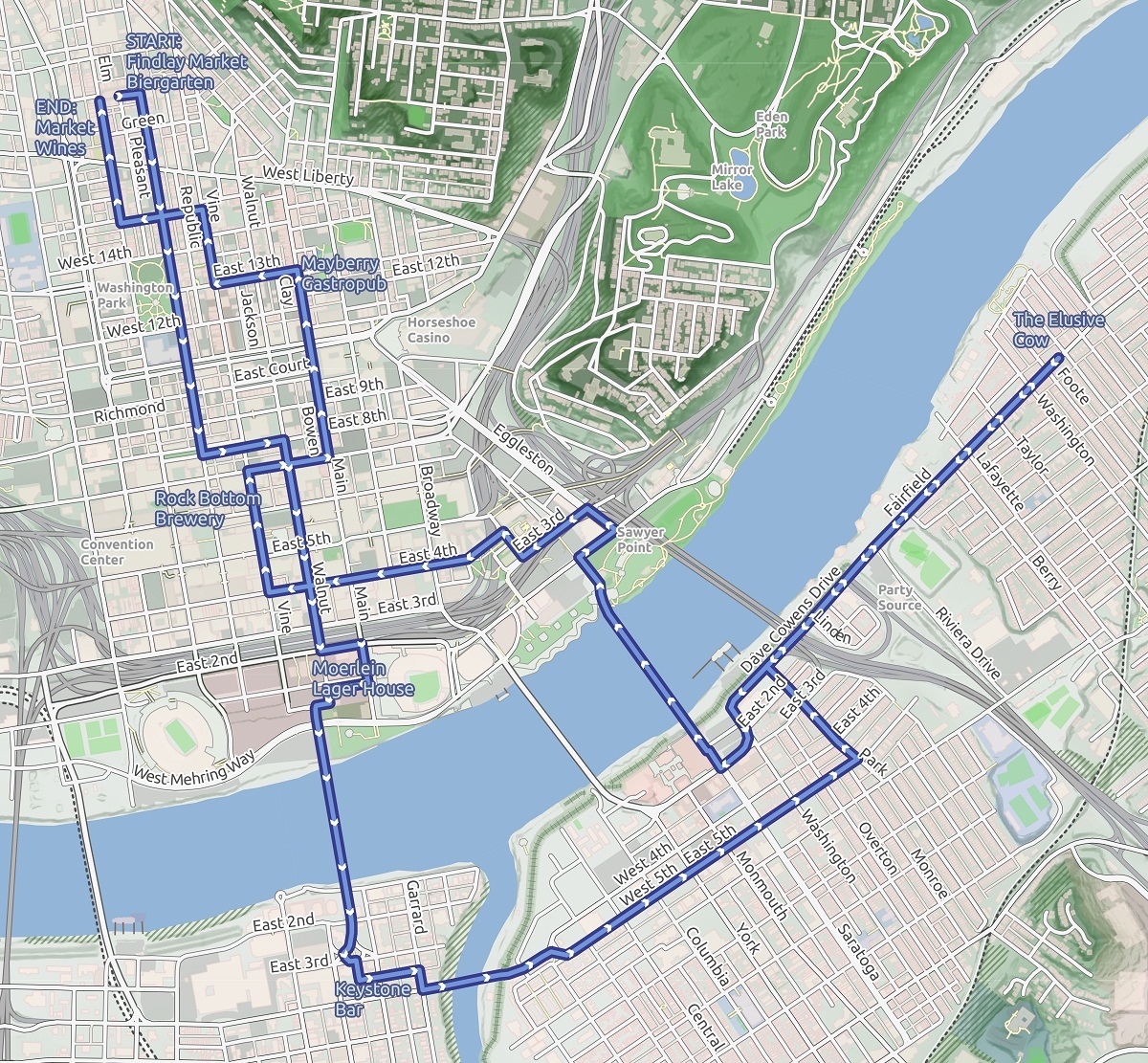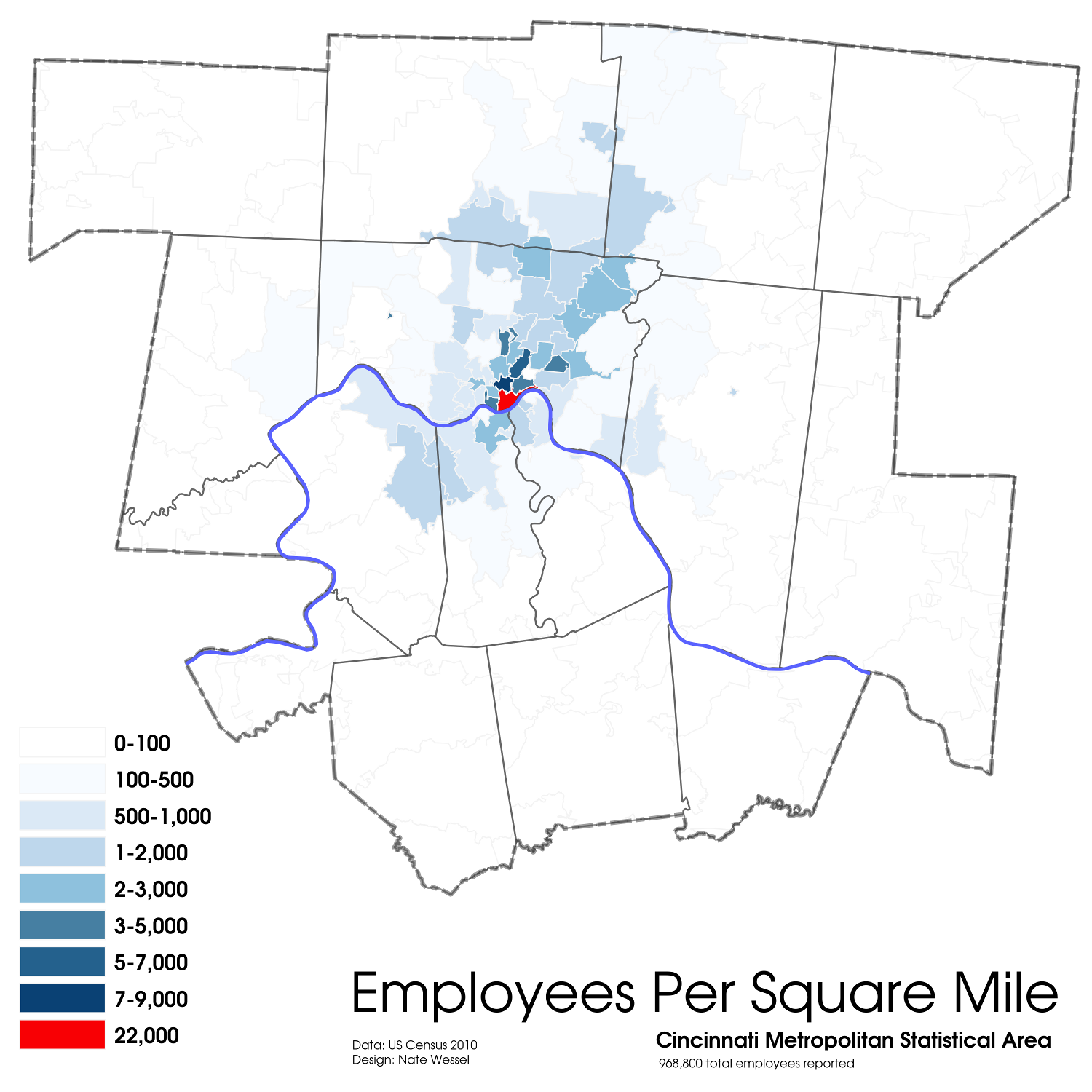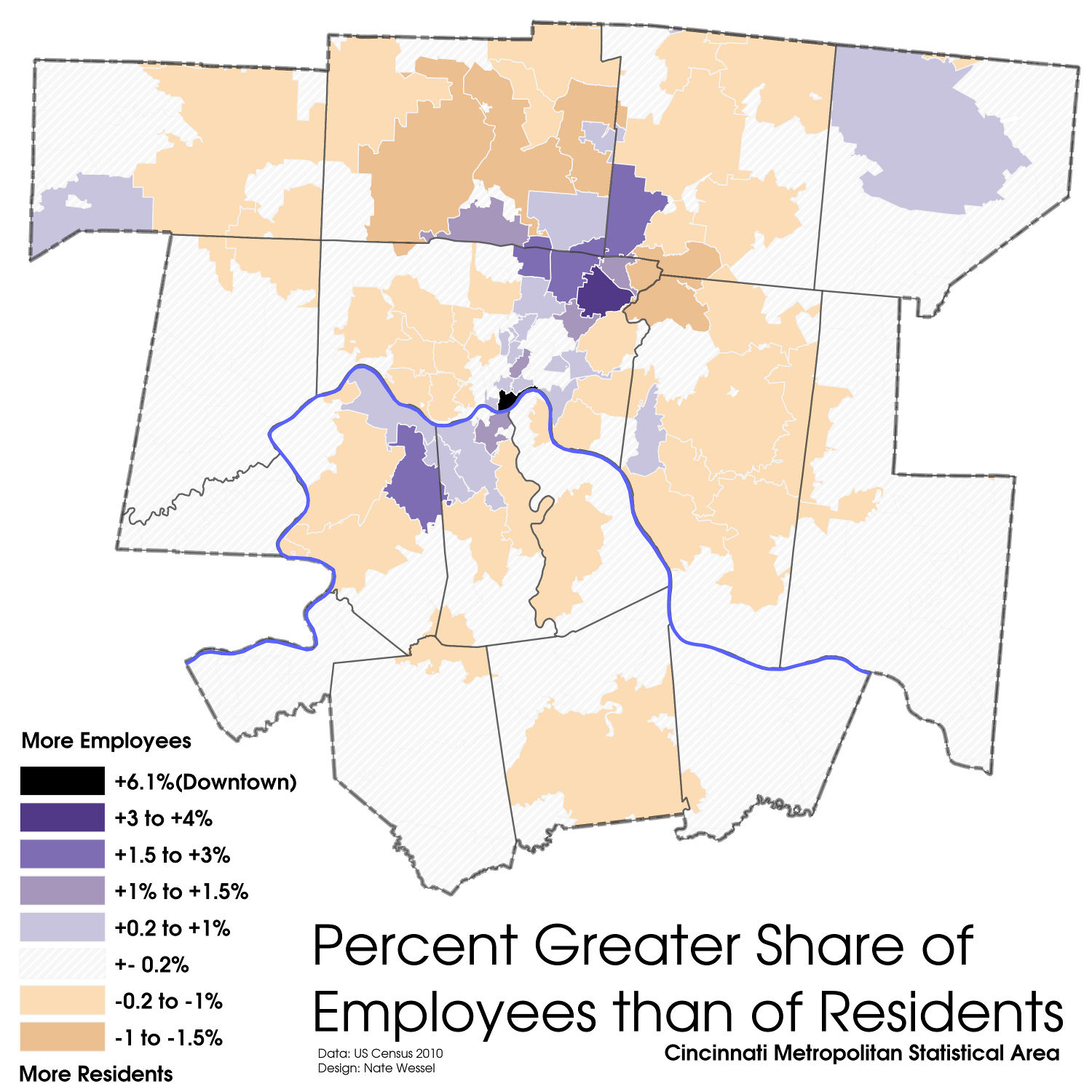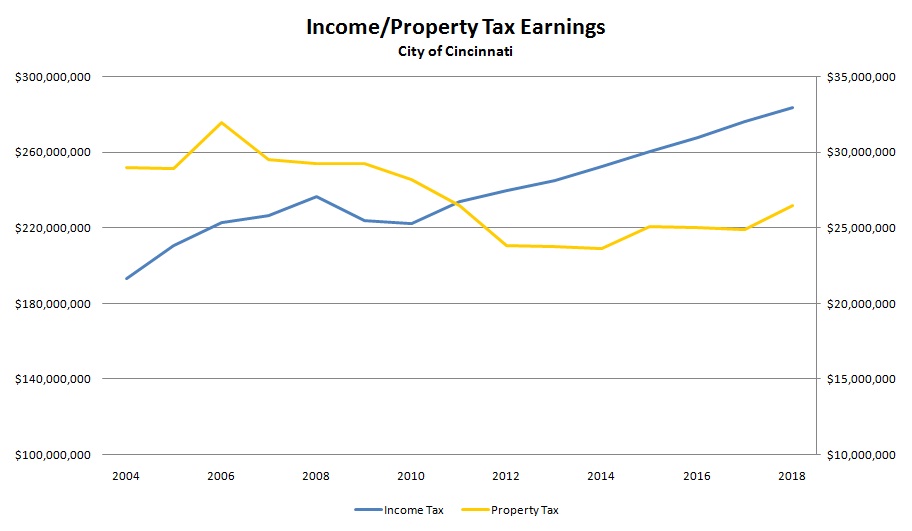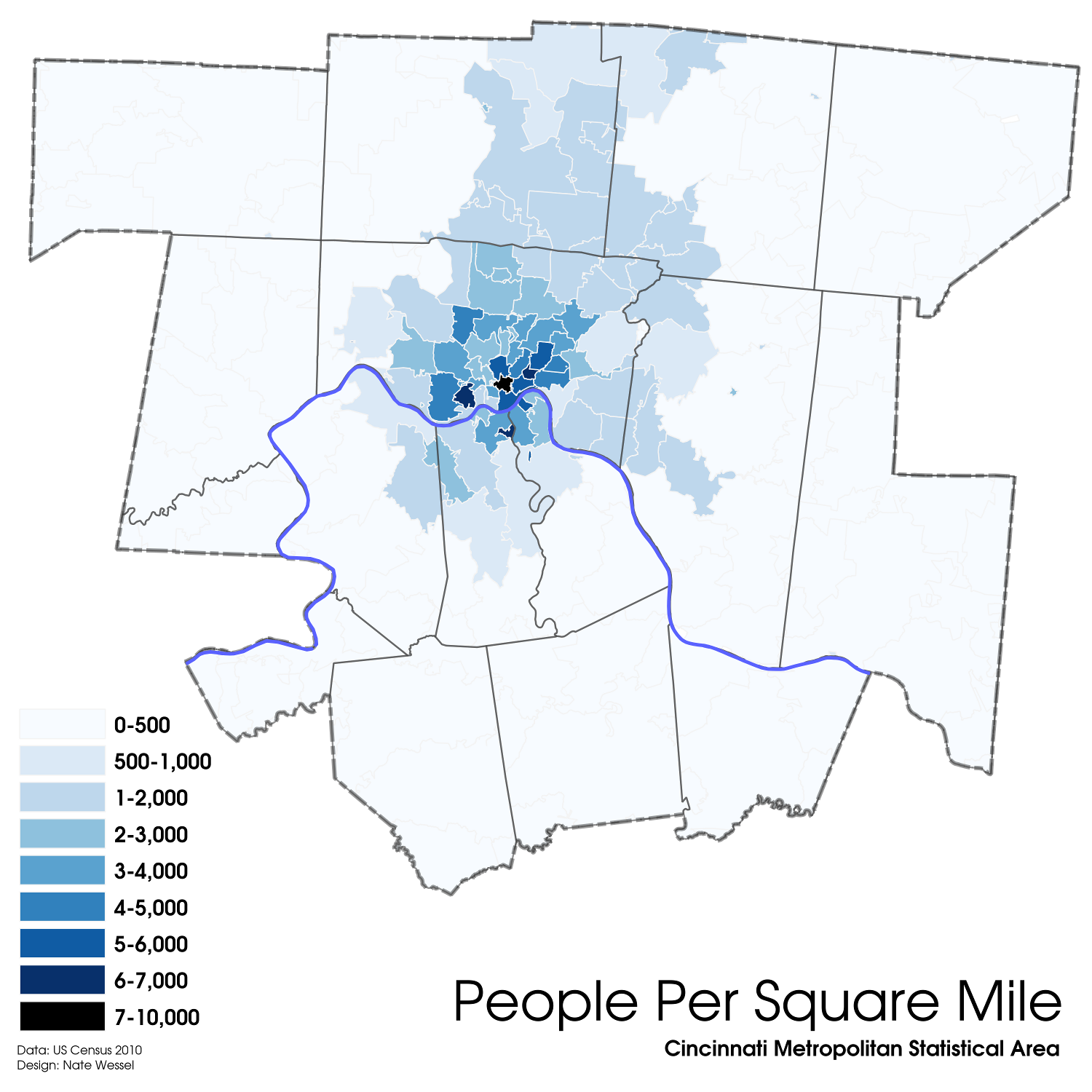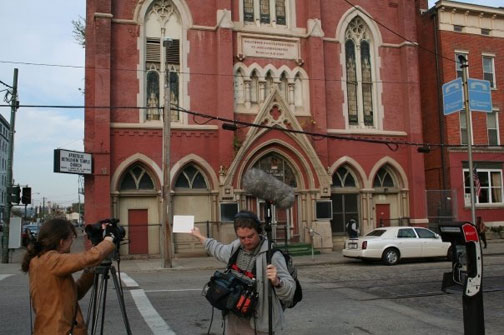The final two months of the year are often the make-or-break month for retailers. In some cases this relatively short time period can account for more than a third of a retailer’s annual revenues.
There is always much hype surrounding what specials the big retailers are offering on Black Friday, but there are also opportunities to support small, locally owned businesses this holiday shopping season.
What was previously known as Cincinnati Unchained will return this year as an expanded four-day event meant to encourage area shoppers to support locally owned shops, restaurants and bars. The BuyCincy Holiday Event will take place the week before Black Friday from Thursday, November 21 to Sunday, November 24.

Woodburn Avenue in East Walnut Hills. Photograph provided by 5chw4r7z.
According to Kurt Myers, co-founder and business director of BuyCincy, this will mark the seventh season for the event and that in previous years some merchants have reported that it ends up being their busiest day of the year.
There are more than 300 businesses participating in this year’s event, and that those shops are located in over 25 neighborhoods throughout the region. Organizers say that their goal is to generate new spending from over 35,000 customers, which would create an estimated economic impact of more than $500,000 with each shopper spending approximately $15.
“Supporting locally owned businesses has a three-and-a-half-times greater impact on the economy than shopping at a store that is not owned locally,” Myers explained. “Plus you get to support your friends and neighbors businesses and keep Cincinnati unique.”
In order to help encourage local shoppers to participate in the event, the Greater Cincinnati Independent Business Alliance (CiNBA) is working with retailers to offer raffle prizes. When customers visit a participating business they will receive a ticket to use in the raffle of thousands of dollars of prizes. To help further promote the effort, organizers are also encouraging people to use the #BuyCincy tag on social media.
A full list of the participating businesses and neighborhood business districts can be found at BuyCincy.com. Those businesses that are still interested in participating can do so by registering online and submitting a $25 minimum raffle donation.
If you want to support local businesses but are not quite sure about what to buy for that special someone, then you can also purchase them a Downtown Gift Card, which is redeemable at 180 stores and restaurants in Downtown and Over-the-Rhine, including all Findlay Market merchants. Those gift cards can be purchased online, at the offices for Downtown Cincinnati Inc., or at Findlay Market.
